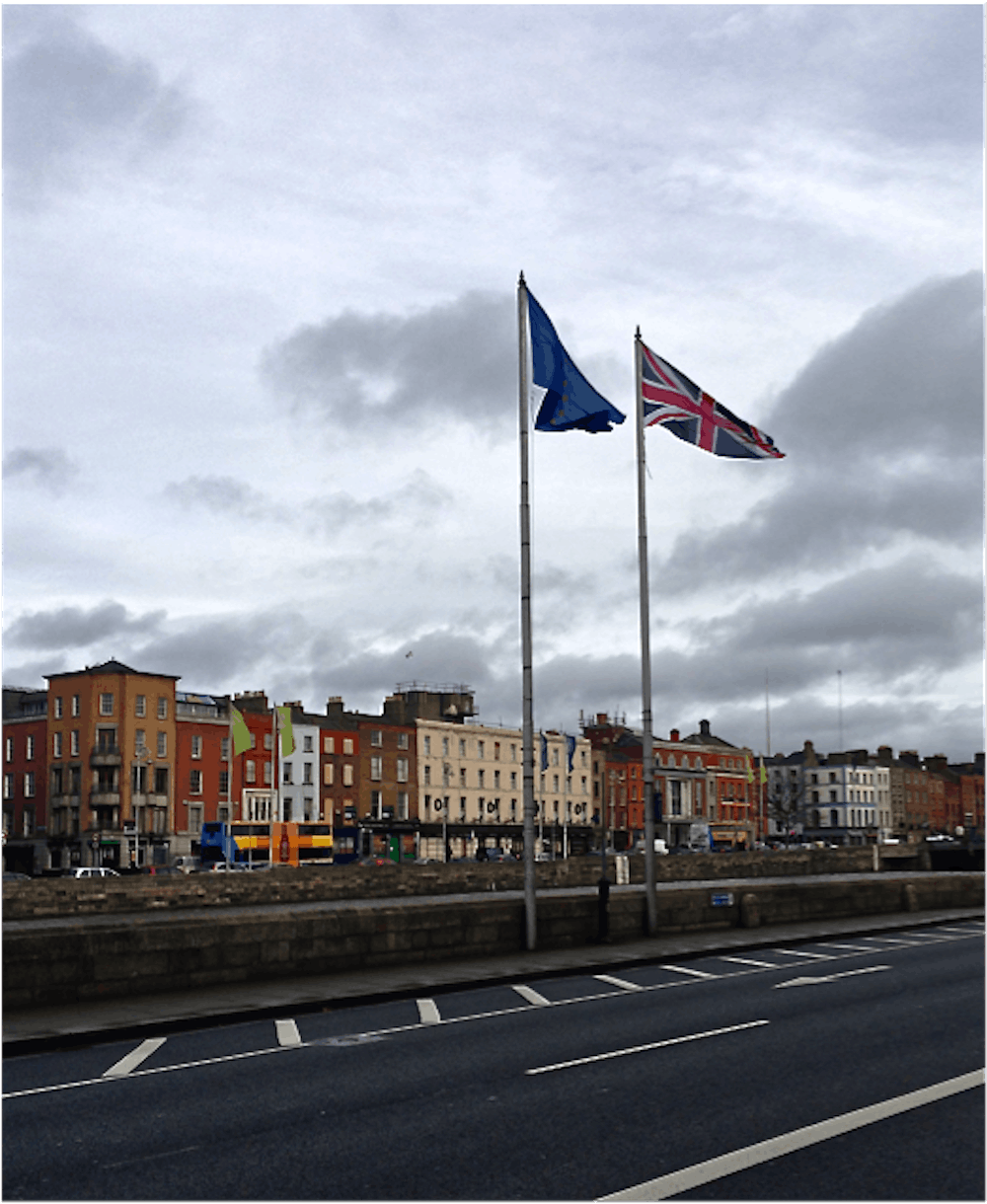DUBLIN — Irish newspapers have been filled with images of Belfast protestors waving the British Union Jack since early December. Some of these protests have ended peacefully, but many have involved violence. On Jan. 26 RTE News Ireland reported that 127 police officers have been injured and 175 people have been arrested because of the protests.
Protesting began minutes after the Belfast City Council decided to limit the number of days the Union Jack could fly over City Hall. The allotted 15 days was a far cry from the previous yearlong allowance. This decision ignited the first of the protests that have kept the city of Belfast engulfed in tension for nearly two months. The present tension regarding the flag sits on the surface of a much larger issue that has gripped Ireland for years.
The spark of the protests originates from the long-standing tension between Irish loyalists and Irish nationalists. Irish loyalists want Northern Ireland to be part of the UK and are opposed to a united Ireland, while Irish nationalists support an independent and united Ireland.
[quote]It's not just about the flag any more. They are trying to take away everything that is British in this society.[/quote]
Throughout Ireland’s history, there has been disagreement, tension and violence between the two groups. This discrepancy was finally addressed in the Good Friday Agreement made in 1998. The agreement established Northern Ireland as constitutionally part of the United Kingdom.
Although this agreement aimed to resolve the tension between the two groups, the present protests in Belfast are evidence that problems remain. Valerie Robinson explained in her article for the Irish News that the Union flag is a catalyst that allows protesters to express their anger about deeper unresolved issues.
“It’s not just about the flag any more,” said 19-year-old student and protestor Becky Rowan to The Gaurdian. “In my opinion it is about so much more. They are trying to take away everything that is British in this society.”
Many other young people have been involved in the protests, showing that the unresolved anger extends to the younger generations as well as older ones. Protestors believe their culture is under attack through the removal of this cultural symbol from the Belfast City Hall. These beliefs, coupled with underlying issues, are what have stirred animosity amid the loyalists in reaction to City Hall’s decision.
While there have been peaceful protests and roadblocks held by loyalists protestors, it is the violence that continue to make news headlines. RTE News reported incidents of rioters throwing petrol bombs at police in Newtown Abbey, a town just north of Belfast. They also reported that protestors have used stones and bottles to attack responding police forces.
During the official vote on Dec. 3, BBC reported that protestors gathered outside the City Hall with metal barriers, bottles and golf balls. Many of them tried to force their way into the Hall during the voting process. BBC reported that officers were injured only minutes after the decision was made.
After two months of protests and arrests, the loyalists do not seem to be quieting down. According to The Irish News, loyalist protest leader Jamie Bryson recently said arrested protestors should deny bail and remain in jail. The newspaper quotes him saying he understands the hard road ahead for many of the protestors and the possibility that many of them will be imprisoned. However, Bryson said, “at the end of it all, we will emerge victorious.”
While the truth of this claim remains uncertain as the protests move into their third month, it holds testament to the strong emotions and history behind this movement. Whatever the outcome, these protests show that the loyalist and nationalist tension in Ireland is not finished. Discontent remains at the core of many of the Irish loyalists’ actions.


